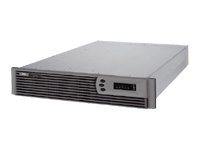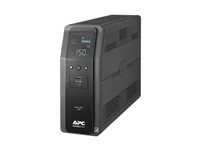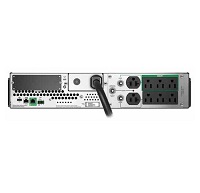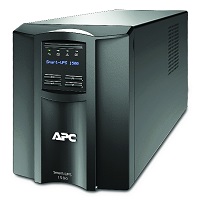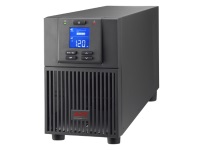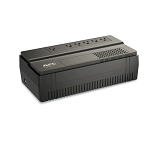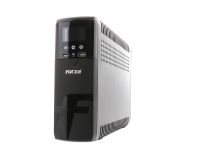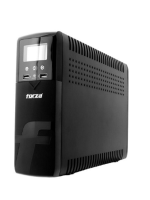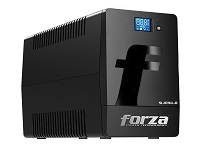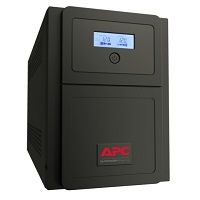Product description
The HPE R3000 UPS device is a high power-density solution, designed for customers who want to provide power protection in space-constrained rack enterprise environments. This uninterruptible power system, R3000, features an excellent rack-mount design offering great power. The R3000 uses a unique transformerless technology, where high performance Digital Signal Processor (DSP) controllers replace bulky transformers. Through this advanced technology, the R3000 offers several benefits including increased power efficiency and smaller foot-print with less weight.
Product features
- Power packed design
The HPE UPS R3000 packs more power in space-conserving rack-mount design, allowing you to support more critical equipment in your rack. - Increase system uptime with Extended Runtime Modules
The Extended Runtime Modules are rack mounted battery modules. The HPE UPS R3000 supports two Extended Runtime Modules (ERM), which extends your overall battery runtime. - Lower cost of ownership with advanced technology
The HPE UPS R3000 utilizes advanced technology that continually conditions and regulates power without using the battery, thereby increasing the life of the battery. The output voltage is automatically regulated, based on the connected load and the input voltage. - Investment protection with HPE Enhanced Battery Management technology
HPE UPS R3000 incorporates Enhanced Battery Management: an exclusive, patented technology that extends battery service life, optimizes battery recharge time, and provides advance notice of pending battery failure. With Enhanced Battery Management, you have a lower total cost of ownership and receive optimal protection for your critical equipment. - Easy configuration via enhanced front panel display
LED and switch membrane integrated into the front panel with four button controls (three buttons for UPS power control and one button under the front bezel for configuration). - Independently controllable load segments
With three load segments, you have the flexibility to configure scheduled startups and shutdowns, in addition to independently control the separate load segments.




